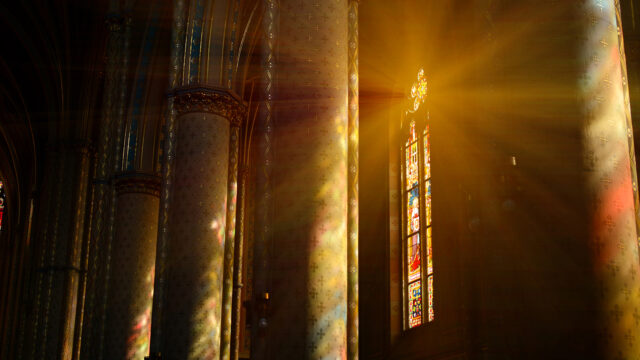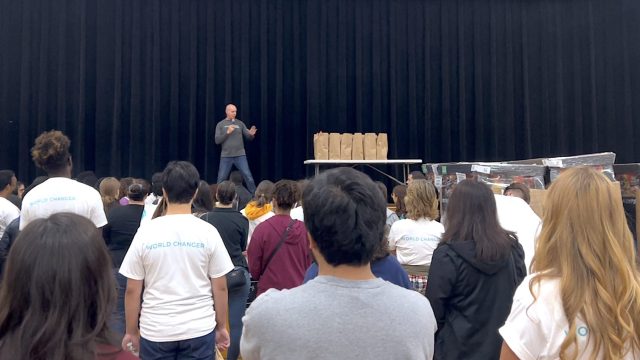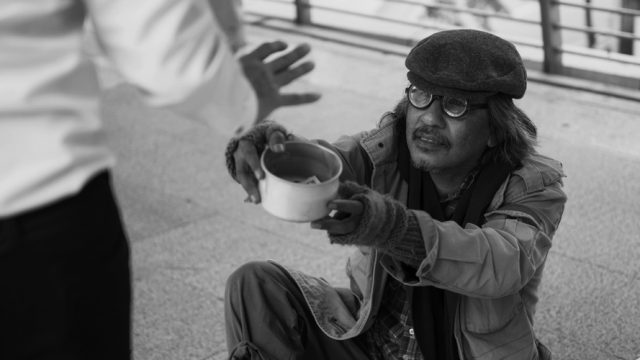Artist Shona Macomber explains how she seeks to glorify God through her artwork.
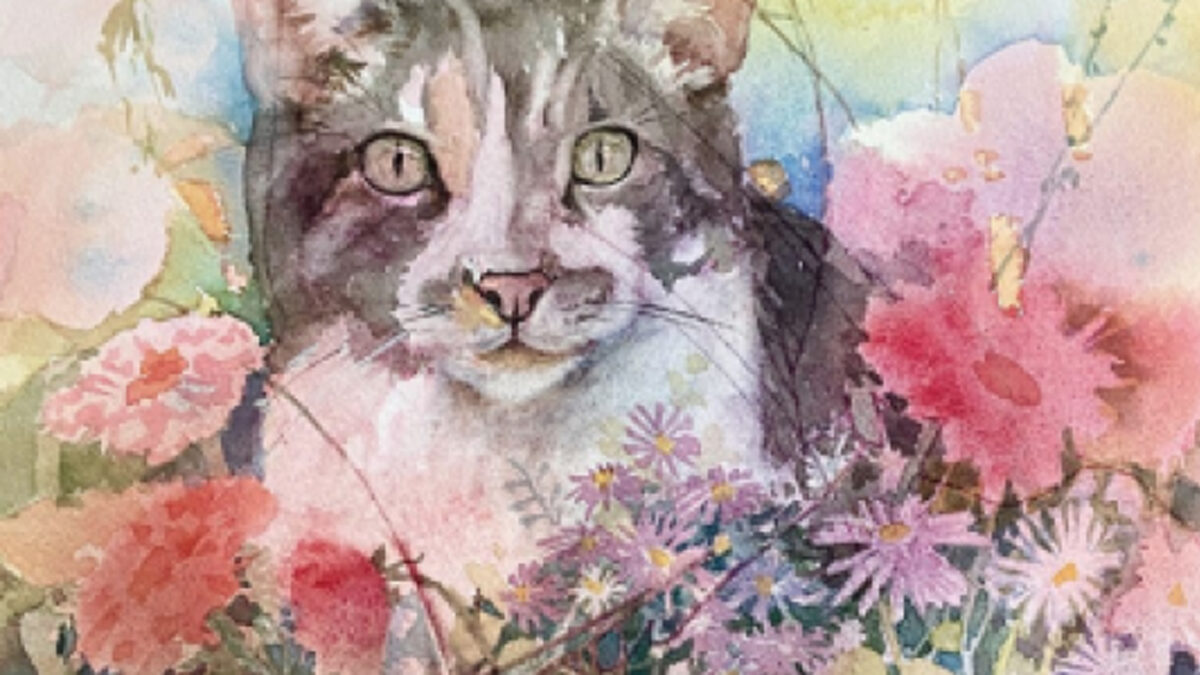
“Musicians are encouraged to use music for the glory of God, but for artists, what does that mean? It’s not about the subject matter; it’s about glorifying God by any means,” Shona Macomber, retired academy art teacher and current member of the Kettering Seventh-day Adventist Church in Ohio, United States, says.
Shona not only loves art; she breathes it. Through the years, it has been integral for her in forming a deeper personal experience with God and a meaningful way to teach and reach her students.
Realizing how strongly one of her own art teachers had impacted her life, Shona wanted to give that same experience to others, especially those who didn’t think they were talented. She asked God to give her a deeper understanding of making art from the Creator’s point of view.
“That’s when I became a student of Genesis 1. Through deep and prolonged contemplation of the creation story, I began to see a pattern,” Shona says. “During each day of the creation week, God revealed something important about Himself. I realized those same foundational principles could apply to art making.”
She passed this insight along to her students. “They not only learned the principles and elements of art, but they also learned about how they were used by Jesus,” she explains. “When we put the Word of God into action, He has promised that it will not return void. I let the kids know I was just allowing the power of the Spirit of God to work because I was applying His Word to what we were doing.”
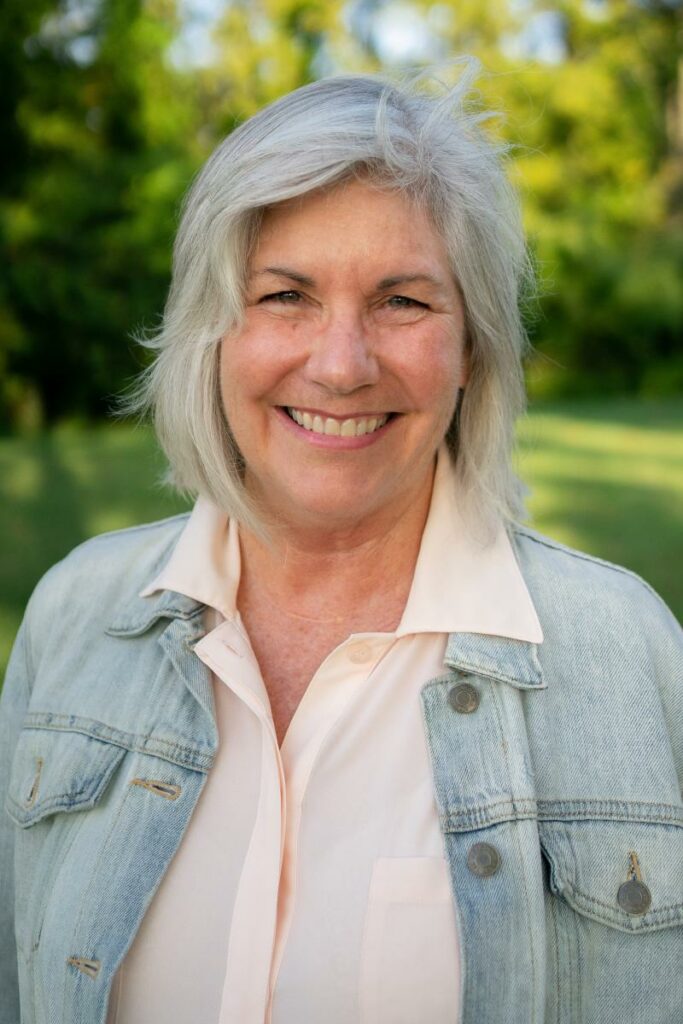
Shona believes that participating in art expands the brain’s abilities to process information, such as the concentration and focus that drawing requires, the same way physical qualities of matter become real through creating pottery or chemistry takes on vibrancy in oil painting. She has found that every student has the potential to make art that is true and honest, and, over time, this can lead to a stronger character, a more teachable mind, and an increased ability to understand abstract ideas.
For example, when teaching art to students, Shona uses the “alphabet of art,” in which lines, shapes, and curves combine into something recognizable like letters or other objects or ideas, thus making both art and other subjects come to life. She believes art helps people observe nature in a different way, beyond surface appreciation. “It broadens our understanding of the world and expands the brain and its ability to think in more than one way,” she says.
Shona shares tips on how to tap into creativity and draw closer to the Creator.
First, she says, it is essential to focus on a favorite medium, be it watercolor, acrylic, pencils, or others. Then, she advises, make practice the center of your training. “Take art workshops or lessons,” Shona says. “There are also some good tutorials on YouTube.”
Finally, Shona says, prospective artists should remember that “realistic” doesn’t necessarily mean “better” art. “Learn what good art is by visiting art museums and galleries. And don’t compare your work to anyone else’s,” she says.
Art is also a way Shona experiences her own spiritual journey. “Sometimes I’m disappointed in how a piece turns out, but I use what I learned to make the next one better,” she says. “In the same way, God uses the events in my life to build on the next. Art has given me a unique understanding about how that works.”
The original version of this story was posted by the Columbia Union Visitor.


